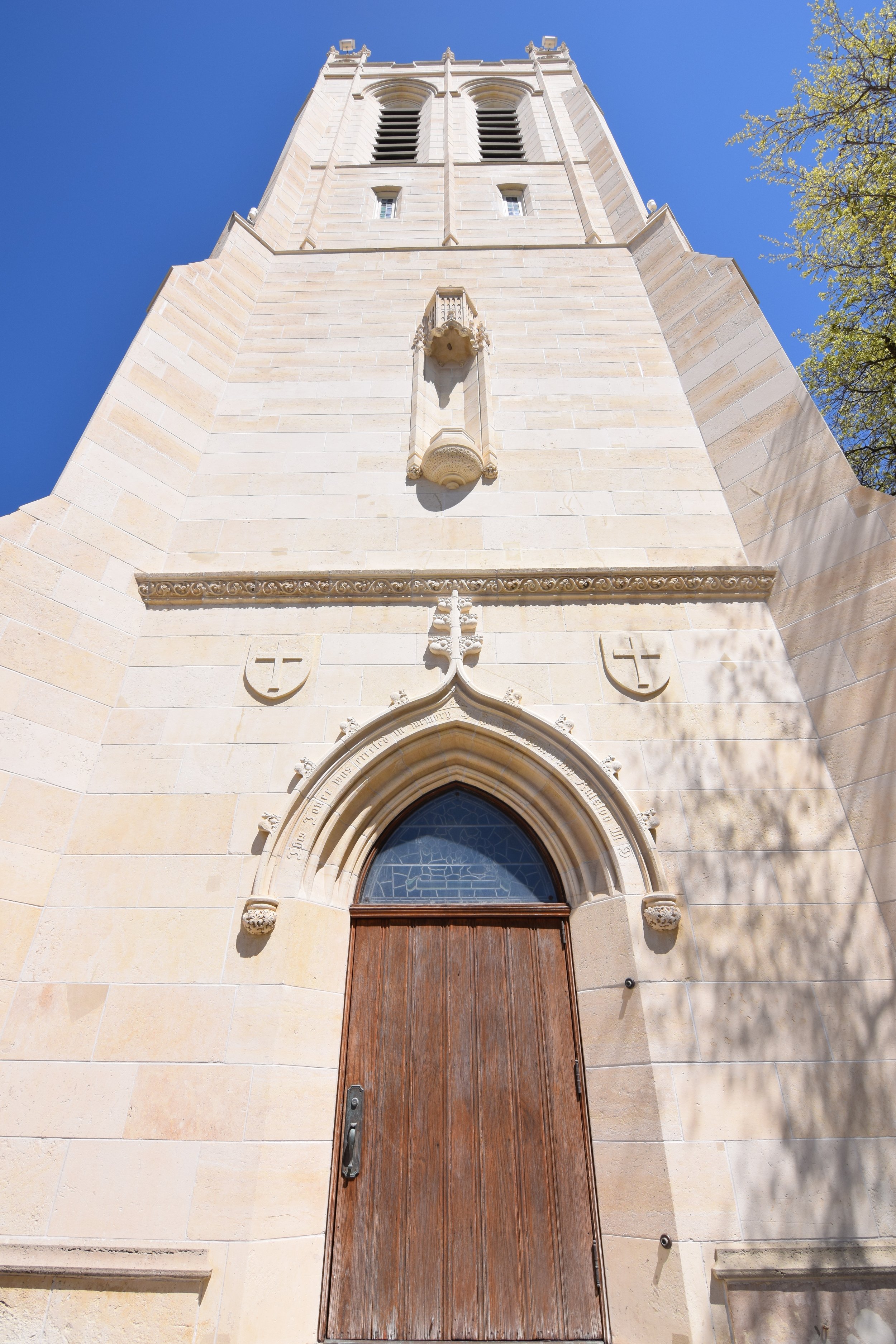Sacred Places of the Texas Gulf Coast
Vulnerability Assessment and Recommendations for Enhancing Hurricane Resilience
UTSA Center for Cultural Sustainability, 2020-2022 (PI: William Dupont ; Client: Texas Historic Commission and nine participating case-study stakeholder congregations ; Collaborators: Angela Lombardi, Sandeep Langar, Saadet Beeson, Kasim Korkmaz, Jie Huang, Sarah Jones, Sedef Doganer, Tracie Quinn)
Interior view of St. Mary’s Cathedral Basilica, Galveston.
As a full-time researcher at The University of Texas at San Antonio’s Center for Cultural Sustainability, the bulk of my time was spent on a two-year sponsored project studying vulnerabilities of historic houses of worship in the Texas Gulf Coast Region. The project sought to identify treatments or strategies that could enhance the resilience of these historic coastal resources to better withstand future extreme events such as hurricanes.
The main research team comprised ten preservation professionals and academics, plus four graduate students. I played an instrumental role in selecting and interfacing with our partnering nine case-study congregations, conducting on-site surveys and collecting data, facilitating community outreach gathering sessions, and authoring the findings. Those findings consisted of nine case-study analysis reports (about 100 pages each) and a Resilience Roadmap. The Roadmap used the findings from our intensive multidisciplinary study and distilled them into a blueprint aimed for a broader non-technical audience which can be followed to improve the hurricane resilience of a typical historic coastal building.
The technical analysis included surveying, photographing (in the visual and infrared spectrums), and making field sketches of each case-study. Those field observations were combined with historical research to produce CAD drawings of existing conditions. The CAD drawings were then utilized to create finite element models (FEM) using SAP 2000. The resulting analysis helped identify whether extreme conditions would result in unacceptable levels of deformation. Geotechnical analysis was also performed on soil samples collected from each site.
Participating congregations were surveyed in standardized detail to determine their current levels of preparedness and their importance to the community (and by extension, social resilience). Environmental hazards were assessed. Standardized tools were developed for professional assessment of what we deemed Resilience Performance Indicators to help building managers identify issues, plan mitigation strategies, and raise awareness about resilience and maintenance of historic facilities.
Awards
Press
“UTSA’s Center for Cultural Sustainability helps communities rebound faster from hurricanes” UTSA Today (October 26, 2021)
“Historic Baytown synagogue picked to increase its resilience” Jewish Herald-Voice (May 13, 2021)
Participating case studies were selected from counties deemed “most impacted” by Hurricane Harvey which devastated the region in 2017. All case studies were historically designated or deemed eligible for inclusion on the National Register of Historic Places. The selection intended to represent a diverse range of regions, eras, construction types, materials, forms/styles, building sizes, congregation sizes, access to resources/capital, and denominations.
Presenting research methods and preliminary findings at the Texas Historical Commission’s annual symposium, 2022.
Scanning a participating case study in the field with a Matterport Pro2 3D camera.
Sanctuary floor plan generated in the field via the Matterport capture app.
Simulated extreme wind loading conditions for Reedy Chapel-AME Church in Galveston via a finite element analysis (credit shared with Saadet Beeson, Kasim Korkmaz, and Emre Gani who generated the model in SAP 2000 from my CAD files).
Actual damage sustained by Reedy Chapel-AME Church from Hurricane Ike in 2008 (photo courtesy Reedy Chapel-AME congregation).
Partially funded by the Emergency Supplemental Historic Preservation Fund, National Park Service, Department of the Interior. Any opinions, findings, and conclusions or recommendations expressed in this material do not constitute endorsements or necessarily reflect the views of the Department of the Interior or U.S. Government.












